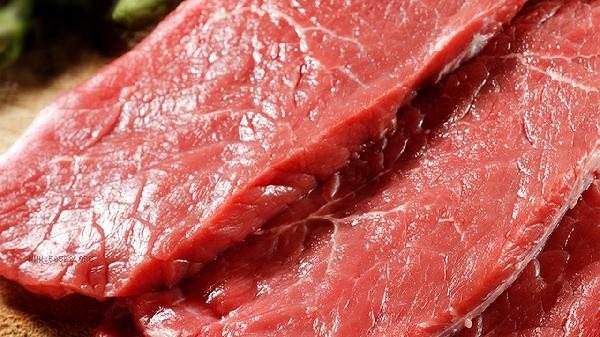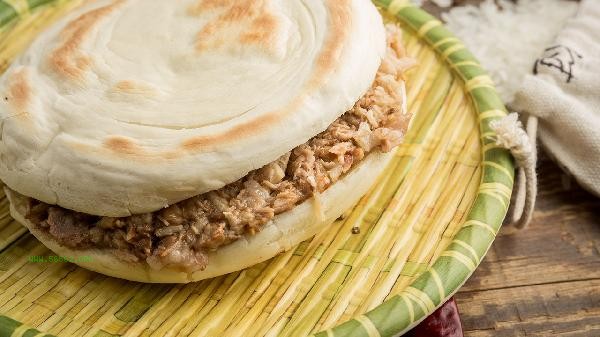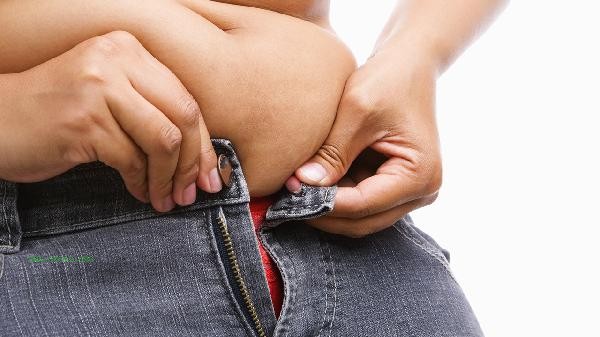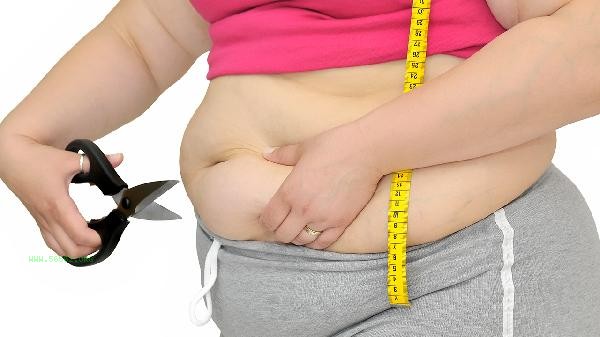Fat cannot be directly converted into muscle, but through scientific exercise and dietary adjustments, it can promote muscle growth while reducing fat. Weight loss and muscle gain are two different physiological processes that require comprehensive interventions such as aerobic exercise, strength training, and protein supplementation. Fat breakdown is mainly achieved through aerobic exercise, and it is recommended to engage in moderate intensity aerobic exercise every week. Exercise such as brisk walking, swimming, and cycling can effectively mobilize fat for energy supply, with a duration of more than 30 minutes each time being more effective. At the beginning of exercise, the body mainly consumes glycogen, and after 20 minutes, the proportion of fat supply gradually increases. Maintaining a weekly exercise frequency helps establish a sustained mechanism of fat metabolism.

Muscle growth depends on the micro damage and repair process of muscle fibers through strength training. Compound movements such as squats, bench presses, and pull ups can stimulate the coordinated development of multiple muscle groups. The window period for muscle protein synthesis after training requires timely supplementation of high-quality proteins such as whey protein and eggs. Muscle growth requires a gradual increase in load, and recovery time should be reserved between training intervals for the same muscle group. When fat loss and muscle gain are carried out simultaneously, attention should be paid to calorie balance, and daily protein intake should be appropriately increased. The quality of sleep directly affects the secretion of growth hormone, and ensuring sufficient rest can optimize the improvement of body composition. The exercise plan should be adjusted regularly to prevent plateau periods, and it is recommended to evaluate changes in body fat percentage and muscle mass every two months.
When developing personalized plans, consideration should be given to basal metabolic rate and exercise adaptability. For those with high body fat percentage, aerobic exercise should be emphasized, while those with insufficient muscle mass should strengthen resistance training. Dynamic and static stretching before and after exercise can prevent injuries. Long term adherence to scientific exercise can gradually reduce body fat percentage, clarify muscle lines, and ultimately achieve the goal of body shape reshaping.










Comments (0)
Leave a Comment
No comments yet
Be the first to share your thoughts!